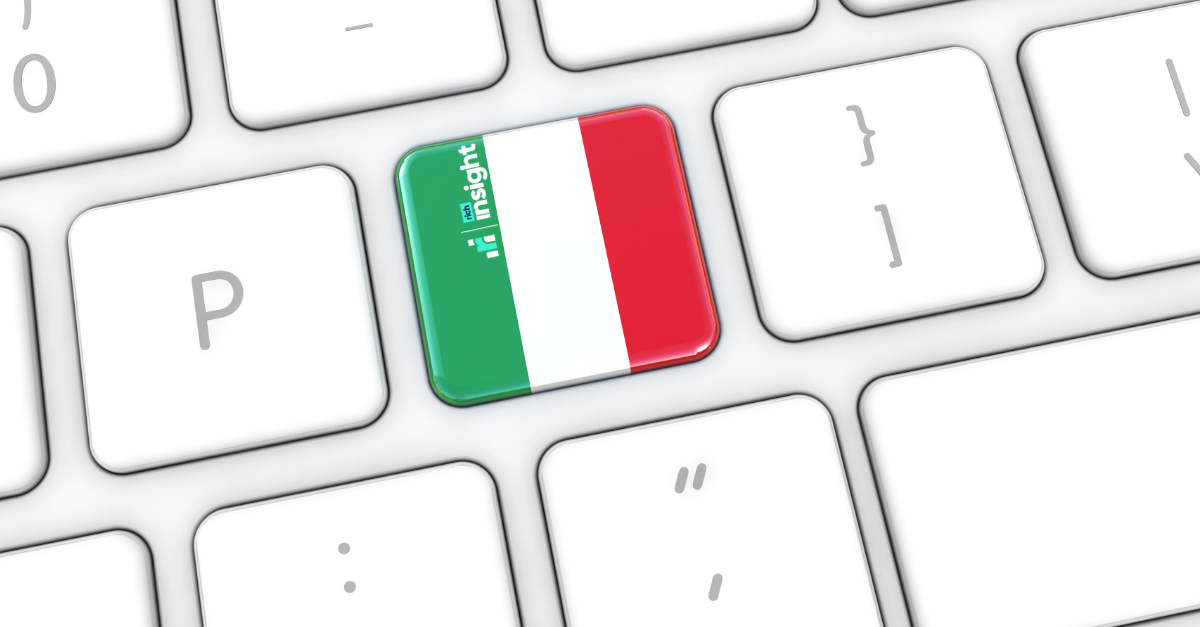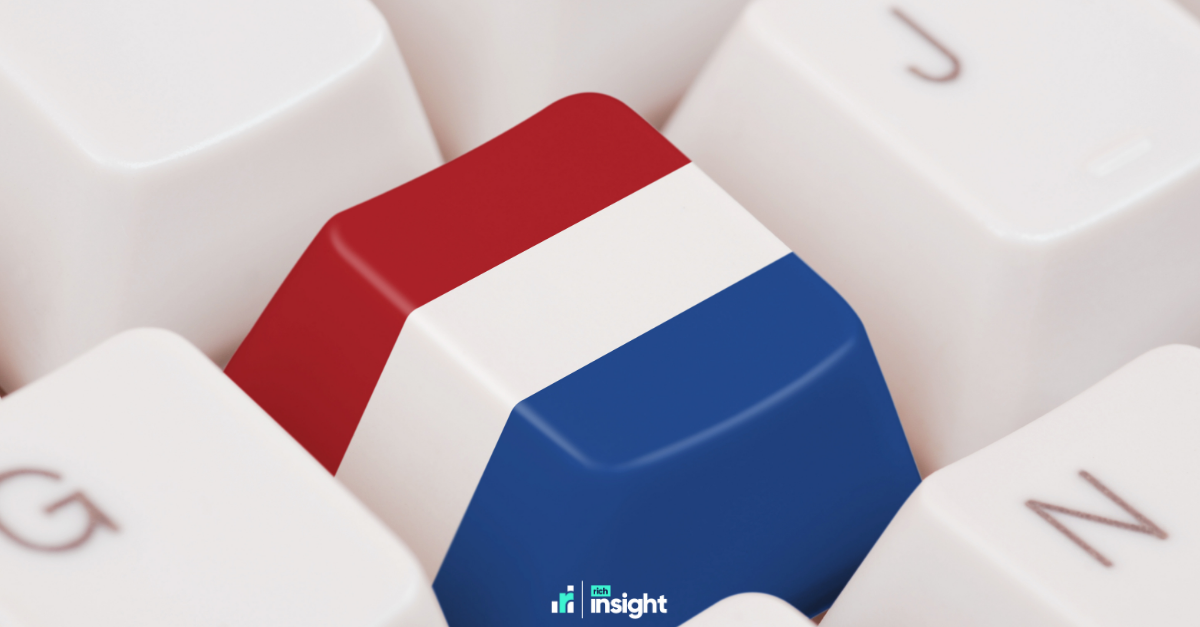What was your last impulse purchase? Pack of chewing gum at the till? A new water bottle at the gym?
When we think of ‘impulse purchases’ - those made on the spot without prior intention - we tend to think of casually grabbing low-value products in physical stores. But impulse purchases are also a key driver of online sales. In fact, 84% of all shoppers make impulse purchases and they make up 40% of e-commerce sales.
Online sales traditionally dip during the summer, but you can enhance your summer revenue by encouraging impulse purchases on online marketplaces. Here’s three tactics to try.
Offer time-limited deals
In bricks-and-mortar stores, check-outs are often lined with shelves of discounted items and brightly-coloured promotions to encourage impulse purchases. Online, you can leverage the same psychology with time-limited deals.
Loss aversion is one of the most common mental triggers for impulse buying. This fear of missing out - whereby consumers make a purchase to avoid the regret of not doing so in the future - is the psychological rationale behind time-limited offers, such as 3-for-2 deals or at-checkout discounts for similar items. For example, offering customers with football boots in their online basket the chance to buy football socks for 50% off at check-out helps drive an impulse purchase.
46% of Brits make an online impulse purchase to ‘get a good deal’, so whether its early-bird sales, money-off vouchers or even a countdown clock, roll out summer deals that create urgency and incentivising impulse purchasing.
Use AI chatbots for upsells
From voice activated search to AI chatbots, customer-facing AI is changing how consumers buy on online marketplaces and the same goes for impulse purchases. For example, if the customer adds a light summer dress to their cart, train the AI chatbot to recommend matching accessories.
The likes of Poshmark and Amazon use algorithms to offer product combinations for customers to encourage additional impulse purchases, such as the Amazon bundles of similar products at the bottom of the page. But an AI shopping assistant, which can provide personalised product recommendations based on customers’ specific site history and preferences, opens up multiple opportunities to encourage an impulse purchase at various stages of the customer journey. Browsing over garden furniture this summer? The AI chatbot can suggest waterproof covers. Searching for swimming trunks? The AI chatbot can remind customers of a time-limited deal for goggles.
Leverage stopping points along the customer journey
Impulse purchasing is not just for checkout. Supermarkets, for example, place lower-value ‘impulse’ items next to popular products, so when customers stop to add a crate of beer to their trolley, they might throw in a pack of beef jerky or salted peanuts at the same time. The same tactic works online, so look at your best selling products from last summer and the items receiving the most search traffic this summer and consider which lower-value related products could be offered alongside (perhaps with a time-limited summer deal).
What’s more, most marketplaces try to make the checkout as seamless as possible in order to minimise cart abandonment - think of Amazon’s ‘buy now’ button - but you can add more ‘stopping points’ in the customer journey at which to propose impulse items, such as at delivery choice.
Finally, customers are more likely to make an impulse purchase when it’s perceived as a low-risk activity - that’s why higher-value items are not bought impulsively. To reduce the risk factor, consider a pop-up or AI chatbot recommendation that highlights customer reviews, such as ‘1,000+ customers that liked these swimming trunks also liked these goggles. Do you want to add them to your cart?’
Grow your sales this summer
Not all marketplaces operate in the same way. While you cannot adhere to impulse purchases easily on all channels, you can leverage the tools they have to maximum effect - eBay, Amazon, Walmart, Debenhams and more all have their little tricks.
Understanding the buying journey, customer demographic and AI capacity of each marketplace will help you decide which tactics to use to boost impulse purchases. At eManaged, we know marketplaces inside-out. Get in touch to find out how we can support your marketplace sales this summer.





Blog Comments